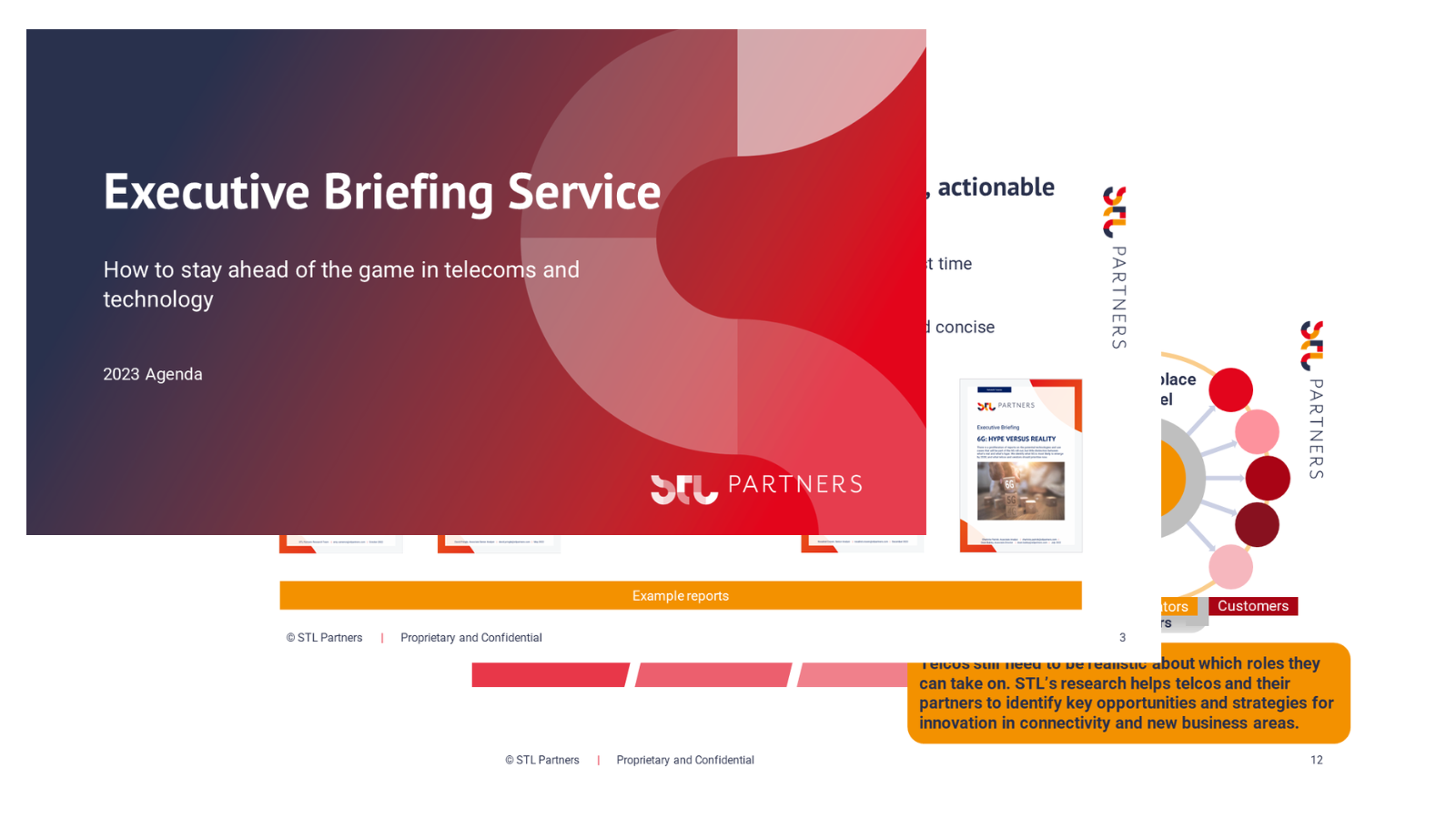
Navigating digital identity: understanding what it is and its importance for telcos
Digital identity solutions constitute a promising revenue stream for telcos, yet few have been able to fully capitalise on this opportunity. So why did the coordination between SK Telecom, KT, and LG Uplus prove so successful?
What is digital identity?
Regardless of whether you’re working on behalf of a government, a firm, or simply browsing online in your free-time, digital identities play an integral part in protecting yourself online. As described in our report, ‘Digital identity: Four steps to maximising value’, digital identities combine a range of attributes for an individual, organisation, or device, so that they can be represented online. This digital identity is then used to verify and authenticate users before giving them access to digital systems, commonly through two-factor or multi-factor authentication. To provide a secure digital identity service three core components are used, as shown in Figure 1.

How do telcos fit into digital identity?
Telcos can provide comprehensive digital identity solutions where they can verify an individual both through personal information and their physical or online behaviour. This is within their capabilities as they have access to the following datasets:
- Know-Your-Customer information: As of 2021, 157 countries in the world require telcos to register SIM users and keep a set of their personal information.
- SIM card activities: Telcos gather data regarding any changes to the corresponding device or network for a SIM.
- Location data: Telcos have access to both a user’s current and historical location data.
The entrance of telcos into the digital identity market is underpinned by the broad framework of Mobile Connect. Established by the GSMA in 2014, Mobile Connect provides a consistent standard for telcos in implementing digital identity solutions. Although Mobile Connect has been adopted by more than 70 operators worldwide, it is the coordination between SK Telecom, KT and LG Uplus that constitutes the most successful integration of this framework to date.
PASS: A digital identity success story
Originally launching independent services, SK Telecom, KT, and LG Uplus achieved limited success with their initial digital identity solutions. These services provided age verification on online content platforms yet were not widely adopted as the services only addressed their respective consumer bases, not the entire consumer market.
To combat these low adoption rates all three operators decided to collaborate, launching a unified digital identity solution named PASS in July 2018. Built upon the Mobile Connect framework, users subscribe to the service through one of the three mobile operators, unlocking the following consumer applications:
- Third-party service authentication: Customers can login or register for third-party services, such as Samsung Pay or Finnq, through PASS.
- Driving License Authentication: Launched in 2020, this extension made PASS the first officially recognised form of digital ID in South Korea.
- National ID card alternative: As of 2022 users can perform national ID card uses such as checking in for domestic flights or verifying ID for government documents.
The service operates as a free subscription but in recent years has been extended to provide more than just authentication. For example, SK Telecom is now pushing PASS as more of a fintech application through its ‘PASS Prime’ subscription. The service costs KRW₩3960 a month and provides users credit and stock information alongside authentication services. PASS aims for ubiquitous population coverage, and its usage by 36 million users as of 2022 (approximately 70% of the population) suggests this is within reach.
Figure 2: Using PASS as a digital ID

What makes a successful digital identity solution?
Three factors stand out as essential to the success of PASS:
1. Market Coordination: Coordination between telcos creates an attractive digital identity proposition for service providers. In 2022, SK Telecom, KT, and LG Uplus controlled 84.6% of the wireless communications market in South Korea, giving their solution high population penetration. Although coordination is contingent on competition regulation, it is a core factor behind a widely adopted digital identity solution.
2. Targeted Application: The digital identity solution must address a clear need with an effective solution. A 2022 Dashlane report found that the average internet user now has 240 online accounts that require a password, creating the need for a single-sign-on service in PASS, though there is significant competition from online providers for this use case. Likewise, South Korea has stringent regulation surrounding age restriction, precipitating the demand for the digital ID functions of PASS. Whilst other telcos may not be able to provide a national identity initiative, as this depends on government collaboration, embracing this ethos of targeted applications motivates success.
3. Leverage Customer Perception: This targeted and coordinated digital identity solution must be created under the context of positive customer perception. SK Telecom has been the number 1 mobile communications firm in the National Customer Satisfaction Index for 25 straight years as of 2022, therefore consumers feel safe entrusting PASS with personal information. This strong consumer perception is not exclusive to SK Telecom as Oliver Wyman’s 2022 Telco survey found that telcos lead on consumer trust concerning data protection and privacy. Hence, telcos must leverage this consumer relationship to promote the adoption of a digital identity solution.
Figure 3: Factors of a successful digital identity solution

Digital identity trends:
Advancements in digital identity solutions are particularly pertinent given the explosion in AI adoption in the past year. AI has exacerbated the ease with which misinformation, such as deep fakes, can be created and spread online, reinforcing the necessity for robust digital identity services.
Likewise, the advent of the metaverse presents a unique opportunity for telcos within the sphere of digital identity. Impersonation in virtual worlds could pose a comprehensive danger to the efficacy of the metaverse, creating the need for a metaverse authenticator intermediary. Therefore, if a telco can provide a solution for this real-need for avatar-verification, making it widely available through operator coordination, and offering it under a trustworthy brand, there is the scope for a telco to become a central authenticator in the metaverse. This constitutes a compelling opportunity for telcos within the digital identity market in the coming decade. STL Partners explore the potential role of telcos in the metaverse in more detail in our report, ‘The three telco Metaverse strategies’.
Telcos must be proactive to craft digital identity services that can respond to the growing need for authentication created by these novel technologies. To maximise the adoption of this digital identity proposition, telcos should look towards the core drivers behind the success of PASS.
Download this article as a PDF
Read more about telecoms strategy
Executive Briefing Service overview pack
Our overview pack summarises the key agenda for CxOs and those driving growth in telecoms and technology
The benefits of GitOps in telecoms
As telcos continue to rollout 5G, they are adopting software engineering approaches, like DevOps and CI/CD to improve how they run the networks and innovate. Some are exploring the potential of specific practices, such as GitOps, to elevate their processes. Here we address what GitOps is, how it is different to DevOps, and why large telcos like Deutsche Telekom and Orange are interested.
Telecom KPIs: What do they say about the industry
STL Partners investigates the strategic objectives and associated metrics telcos report on: Do telcos still reference the same performance metrics? Or are they reflecting industry change? How are telcos taking stakeholders with them on their change journeys?
Challenges of IoT Business Models
Challenges of IoT business models are increasingly evident, yet the need to make the world run better using connected technologies like 5G and automation (which we call the Coordination Age) is also increasingly clear. What is going on?





